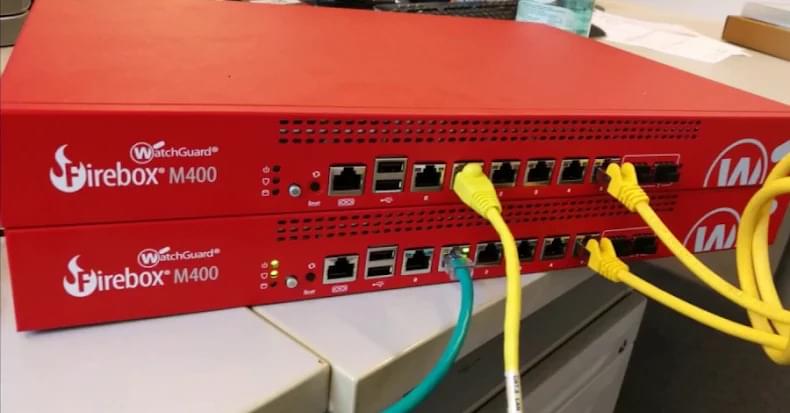Researchers have demonstrated that the theoretically optimal scaling for magic state distillation—a critical bottleneck in fault-tolerant quantum computing—is achievable for qubits, improving on the previous best result by reaching a scaling exponent of exactly zero.
The work, published in Nature Physics, resolves a fundamental open problem that has persisted in the field for years.
“Broadly, I think that building quantum computers is a wonderful and inspiring goal,” Adam Wills, a Ph.D. student at MIT’s Center for Theoretical Physics and lead author of the study, told Phys.org.









